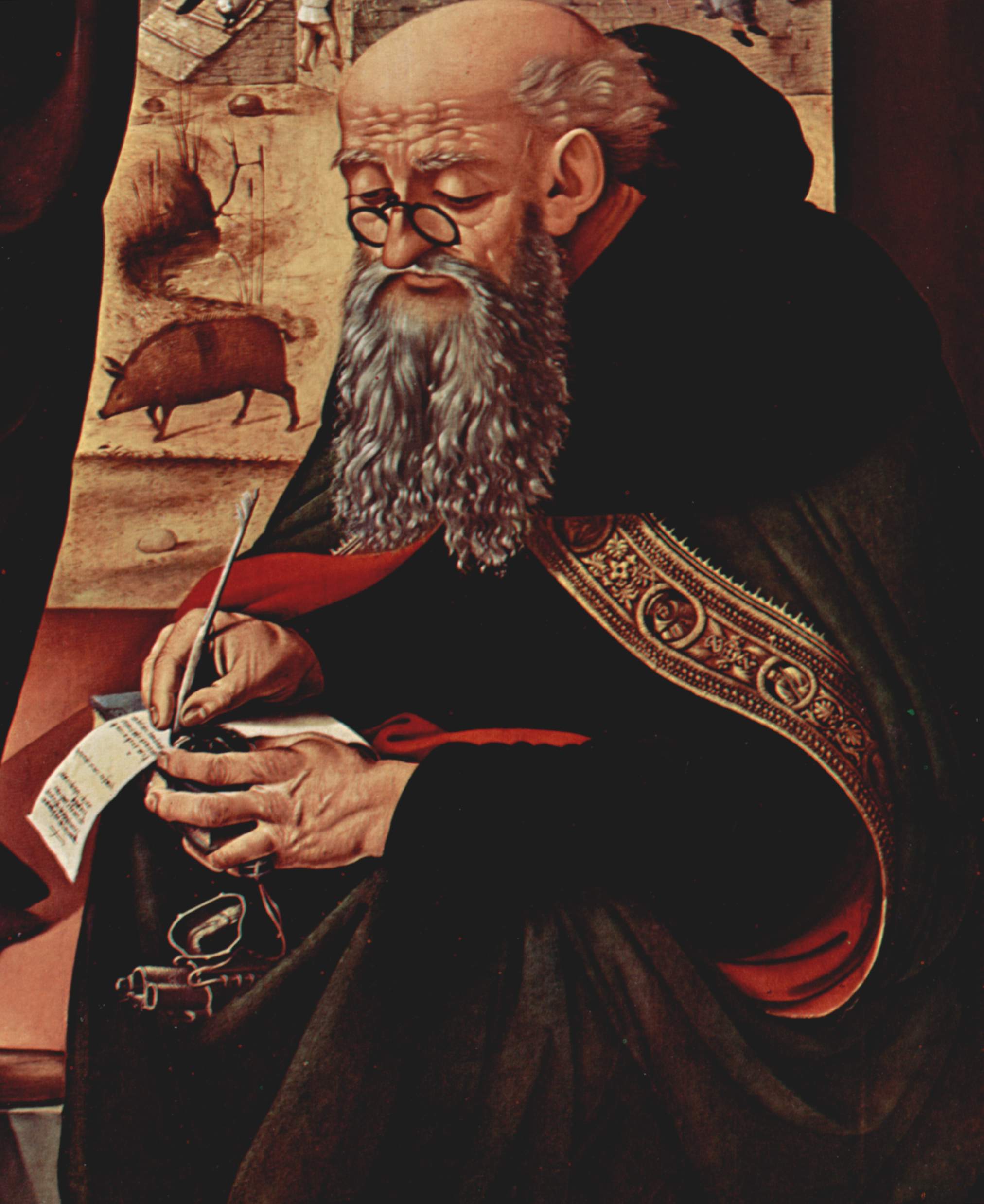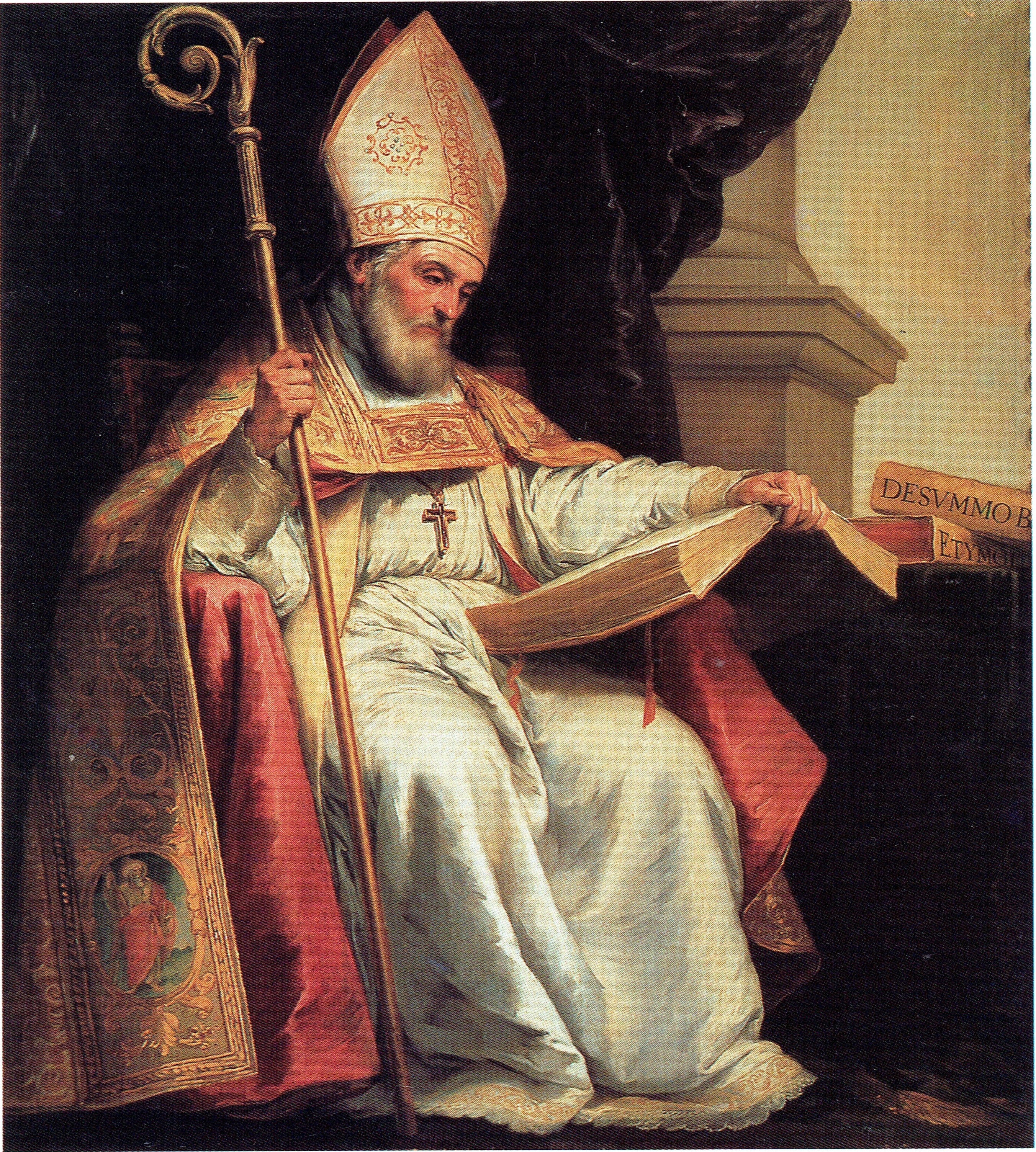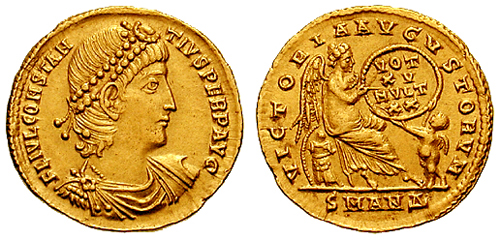|
General Roman Calendar Of 1960
This article lists the feast days of the General Roman Calendar as approved on 25 July 1960 by Pope John XXIII's ''motu proprio'' '' Rubricarum instructum'' and promulgated by the Sacred Congregation of Rites the following day, 26 July 1960, by the decree ''Novum rubricarum''. This 1960 calendar was incorporated into the 1962 edition of the Roman Missal, continued use of which Pope Benedict XVI authorized in the circumstances indicated in his 7 July 2007 motu proprio '' Summorum Pontificum'' for use as an Extraordinary Form of the Roman Rite. ''Novum rubricarum'' replaced the former classifications of Doubles, Semidoubles, and Simples with I, II, and III class feasts and commemorations. It removed a few feasts, in particular duplications such as the Feast of the Cross (3 May and 14 September), the Chair of Peter (18 January and 22 February), Saint Peter (1 August and 29 June), Saint John the Evangelist (6 May and 27 December), Saint Michael (8 May and 29 September), and Saint Steph ... [...More Info...] [...Related Items...] OR: [Wikipedia] [Google] [Baidu] |
General Roman Calendar
The General Roman Calendar is the liturgical calendar that indicates the dates of celebrations of saints and mysteries of the Lord (Jesus Christ) in the Roman Rite of the Catholic Church, wherever this liturgical rite is in use. These celebrations are a fixed annual date; or occur on a particular day of the week (examples are the Feast of the Baptism of the Lord in January and the Feast of Christ the King in November); or relate to the date of Easter (examples are the celebrations of the Sacred Heart of Jesus and the Immaculate Heart of Mary). National and diocesan calendars, including that of the diocese of Rome itself as well as the calendars of religious institutes and even of continents, add other saints and mysteries or transfer the celebration of a particular saint or mystery from the date assigned in the General Calendar to another date. These liturgical calendars also indicate the degree or rank of each celebration: memorial (which can be merely optional), feast, or ... [...More Info...] [...Related Items...] OR: [Wikipedia] [Google] [Baidu] |
Octave (liturgy)
"Octave" has two senses in Christian liturgical usage. In the first sense, it is the eighth day after a feast, reckoning inclusively, and so always falls on the same day of the week as the feast itself. The word is derived from Latin ''octava'' (eighth), with ''dies'' (day) understood. In the second sense, the term is applied to the whole period of these eight days, during which certain major feasts came to be observed.Oxford Dictionary of the Christian Church (Oxford University Press 2005 ), article ''Octave'' Octaves, not being successive, are quite distinct from eight-day weeks and simply refer to the return of the same day of a seven-day week in the inclusive counting system used in Latin (just as the ninth day was a return to the same day of a nundinal cycle, the eight-day week of the pre-Christian Roman calendar). Early history The "eighth day" or ''octava dies'' was associated with the weekly Christian celebration of the resurrection of Christ every "eighth day", which bec ... [...More Info...] [...Related Items...] OR: [Wikipedia] [Google] [Baidu] |
Anthony Of Egypt
Anthony the Great ( grc-gre, Ἀντώνιος ''Antṓnios''; ar, القديس أنطونيوس الكبير; la, Antonius; ; c. 12 January 251 – 17 January 356), was a Christian monk from Egypt, revered since his death as a saint. He is distinguished from other saints named Anthony, such as , by various epithets: , , , , , and . For his importance among the Desert Fathers and to all later Christian monasticism, he is also known as the . His feast day is celebrated on 17 January among the Orthodox and Catholic churches and on Tobi 22 in the Coptic calendar. The biography of Anthony's life by Athanasius of Alexandria helped to spread the concept of Christian monasticism, particularly in Western Europe via its Latin translations. He is often erroneously considered the first Christian monk, but as his biography and other sources make clear, there were many ascetics before him. Anthony was, however, among the first known to go into the wilderness (about AD 270), whic ... [...More Info...] [...Related Items...] OR: [Wikipedia] [Google] [Baidu] |
Pope Marcellus I
Pope Marcellus I (6 January 255 – 16 January 309) was the bishop of Rome from May or June 308 to his death. He succeeded Marcellinus after a considerable interval. Under Maxentius, he was banished from Rome in 309, on account of the tumult caused by the severity of the penances he had imposed on Christians who had lapsed under the recent persecution. He died the same year, being succeeded by Eusebius. His relics are under the altar of San Marcello al Corso in Rome. Since 1969 his feast day, traditionally kept on 16 January, is left to local calendars and is no longer inscribed in the General Roman Calendar. Election For some time after the death of Marcellinus in 304, the Diocletian persecution continued with unabated severity. After the abdication of Diocletian in 305, and the accession in Rome of Maxentius to the throne of the Caesars in October of the following year, the Christians of the capital again enjoyed comparative peace. Nevertheless, nearly two years passed before ... [...More Info...] [...Related Items...] OR: [Wikipedia] [Google] [Baidu] |
Saint Maurus
Maurus (french: Maur; it, Mauro) was the first disciple of Benedict of Nursia (512–584). He is mentioned in Gregory the Great's biography of the latter as the first oblate, offered to the monastery by his noble Roman parents as a young boy to be brought up in the monastic life. Four stories involving Maurus recounted by Gregory formed a pattern for the ideal formation of a Benedictine monk. The most famous of these involved Saint Maurus's rescue of Placidus, a younger boy offered to Benedict at the same time as Maurus. The incident has been reproduced in many medieval and Renaissance paintings. Maurus is venerated on January 15 in the 2001 Roman Martyrology and on the same date along with Placid in the ''Proper Masses for the Use of the Benedictine Confederation''. The Legendary Life of Saint Maurus A long ''Life of St. Maurus'' appeared in the late 9th century, supposedly composed by one of Maurus's 6th-century contemporaries. According to this account, the bishop of ... [...More Info...] [...Related Items...] OR: [Wikipedia] [Google] [Baidu] |
Paul Of Thebes
Paul of Thebes (; , ''Paûlos ho Thēbaîos''; ; c. 227 – c. 341), commonly known as Paul the First Hermit or Paul the Anchorite, was an Egyptian saint regarded as the first Christian hermit, who was claimed to have lived alone in the desert of Thebes, Roman Egypt from the age of sixteen to the age of one hundred and thirteen years old. He was canonized in 491 by Pope Gelasius I, and is venerated as a saint by the Catholic Church, Eastern Orthodox Church, and Oriental Orthodox Churches. Legend The ''Life of Saint Paul the First Hermit'' was composed in Latin by Saint Jerome, probably in 375–376. Paul of Thebes was born around 227 in the Thebaid of Egypt. Paul and his married sister lost their parents. In order to obtain Paul's inheritance, his brother-in-law sought to betray him to the persecutors. According to Jerome's ''Vitae Patrum'' (''Vita Pauli primi eremitae''), Paul fled to the Theban desert as a young man during the persecution of Decius and Valerianus aro ... [...More Info...] [...Related Items...] OR: [Wikipedia] [Google] [Baidu] |
Felix Of Nola
Saint Felix of Nola, sometimes also called ''St. Felix martyr'', (d. ca. 260) was a Christian presbyter at Nola near Naples in Italy. He sold off his possessions to give to the poor, but was arrested and tortured for his Christian faith during the persecution of Roman Emperor Decius (r. 249–51). He was believed to have died a martyr's death during the persecution of Decius or Valerian (ca. 253) but is now listed in the General Roman Calendar as a confessor of the faith, who survived his tortures.Calendarium Romanum (Libreria Editrice Vaticana 1969), p. 112 Life Felix was the elder son of Hermias, a Syrian centurion who had retired to Nola, Italy. After his father's death Felix sold off most of his property and possessions, gave the proceeds to the poor, and pursued a clerical vocation. Felix was ordained by, and worked with, Saint Maximus of Nola. When bishop Maximus fled to the mountains to escape the persecution of the Roman emperor Decius, Felix was arrested and beat ... [...More Info...] [...Related Items...] OR: [Wikipedia] [Google] [Baidu] |
Doctor Of The Church
Doctor of the Church (Latin: ''doctor'' "teacher"), also referred to as Doctor of the Universal Church (Latin: ''Doctor Ecclesiae Universalis''), is a title given by the Catholic Church to saints recognized as having made a significant contribution to theology or doctrine through their research, study, or writing. , the Catholic Church has named 37 Doctors of the Church. Of these, the 18 who died before the Great Schism of 1054 are also held in high esteem by the Eastern Orthodox Church, although it does not use the formal title "Doctor of the Church". Among the 37 recognised Doctors, 28 are from the West and nine from the East; four are women and thirty-three are men; one abbess, three nuns, one tertiary associated with a religious order; 19 bishops, twelve priests, one deacon; 27 from Europe, three from Africa, and seven from Asia. More Doctors (twelve) lived in the fourth century than any other; eminent Christian writers of the first, second, and third centuries are usually ... [...More Info...] [...Related Items...] OR: [Wikipedia] [Google] [Baidu] |
Hilary Of Poitiers
Hilary of Poitiers ( la, Hilarius Pictaviensis; ) was Bishop of Poitiers and a Doctor of the Church. He was sometimes referred to as the "Hammer of the Arians" () and the "Athanasius of the West". His name comes from the Latin word for happy or cheerful. In addition to his important work as bishop, Hilary was married and the father of Abra of Poitiers, a nun and saint who became known for her charity. Early life Hilary was born at Poitiers either at the end of the 3rd or beginning of the 4th century A.D. His parents were pagans of distinction. He received a good pagan education, which included a high level of Greek. He studied, later on, the Old and New Testament writings, with the result that he abandoned his Neo-Platonism for Christianity, and with his wife and his daughter (traditionally named Saint Abra), was baptized and received into the Church. The Christians of Poitiers so respected Hilary that about 350 or 353, they unanimously elected him their bishop. At that time Ar ... [...More Info...] [...Related Items...] OR: [Wikipedia] [Google] [Baidu] |
Pope Hyginus
Pope Hyginus was the bishop of Rome from 138 to his death in 142. Tradition holds that during his papacy he determined the various prerogatives of the clergy and defined the grades of the ecclesiastical hierarchy. Hyginus instituted godparents at baptism to assist the baptised during their Christian life. He also decreed that all churches be Consecration, consecrated. He is said to have died a martyr, though no records verify this. The chronology of the early bishops of Rome cannot be determined with any degree of exactitude today. History According to the ''Liber Pontificalis'', Hyginus was a Greek by birth. Irenaeus says that the Valentinus (Gnostic), gnostic Valentinus came to Rome in Hyginus' time, remaining there until Pope Anicetus, Anicetus became pontiff. Cerdo (gnostic), Cerdo, another Gnostic and predecessor of Marcion of Sinope, also lived at Rome in the reign of Hyginus; by confessing his errors and recanting, he succeeded in obtaining readmission into the Church bu ... [...More Info...] [...Related Items...] OR: [Wikipedia] [Google] [Baidu] |
Epiphany (Christian)
Epiphany ( ), also known as Theophany in Eastern Christian traditions, is a Christian feast day that celebrates the revelation (theophany) of God incarnate as Jesus Christ. In Western Christianity, the feast commemorates principally (but not solely) the visit of the Magi to the Christ Child, and thus Jesus Christ's physical manifestation to the Gentiles. It is sometimes called Three Kings' Day, and in some traditions celebrated as Little Christmas. Moreover, the feast of the Epiphany, in some denominations, also initiates the liturgical season of Epiphanytide. Eastern Christians, on the other hand, commemorate the baptism of Jesus in the Jordan River, seen as his manifestation to the world as the Son of God. The spot marked by Al-Maghtas in Jordan, adjacent to Qasr al-Yahud in the West Bank, is considered to be the original site of the baptism of Jesus and the ministry of John the Baptist. The traditional date for the feast is January 6. However, since 1970, the celebr ... [...More Info...] [...Related Items...] OR: [Wikipedia] [Google] [Baidu] |
Pope Telesphorus
Pope Telesphorus was the bishop of Rome from 126 to his death 137, during the reigns of Roman Emperors Hadrian and Antoninus Pius. He was of Greek ancestry and born in Terranova da Sibari, :it:Papa Telesforo Calabria, Italy. The Carmelites venerate Telesphorus as a patron saint of the order since some sources depict him as a hermit living on Mount Carmel. He is also a martyr according to the ancient testimony of Irenaeus. Biography Telesphorus is traditionally considered as the eighth Bishop of Rome in succession after Saint Peter. The ''Liber Pontificalis'' mentions that he had been an anchorite (or hermit) monk prior to assuming office. According to the testimony of Irenaeus (''Against Heresies'' III.3.3), he suffered a "glorious" martyrdom. Although most early popes are called martyrs by sources such as the ''Liber Pontificalis'' (dating to the 3rd century at earliest), Telesphorus is the first to whom Irenaeus, writing considerably earlier (c. 180 AD), gives this title, th ... [...More Info...] [...Related Items...] OR: [Wikipedia] [Google] [Baidu] |





